Don’t Toss Those Peels! A Pro’s Guide to Turning Kitchen Scraps into Gold
I’ll never forget my first year in a hectic professional kitchen. I’d just finished peeling a mountain of potatoes and dumped the skins straight into the bin. The head chef walked by, scooped up a handful, and dropped them on my cutting board. He didn’t shout. He just said, “The bin is not your first ingredient.” That one sentence has stuck with me for my entire career. It’s a whole mindset. Food scraps aren’t waste; they’re untapped potential.
In this article
We’re trained to see the flavor and nutrients hiding in the peels, skins, and rinds that most people throw away. This isn’t just about saving a few bucks, though it definitely does that. It’s about respecting the entire ingredient and unlocking amazing new flavors. In a pro kitchen, it’s about cost control. At home, it’s your secret weapon for better-tasting food.
Want to give it a shot? Here’s a super simple challenge for you today: The next time you chop an onion for dinner, don’t throw the papery skin away. Just pop it into a ziplock bag and toss it in the freezer. That’s it. You’ve just started your scrap-saving journey.
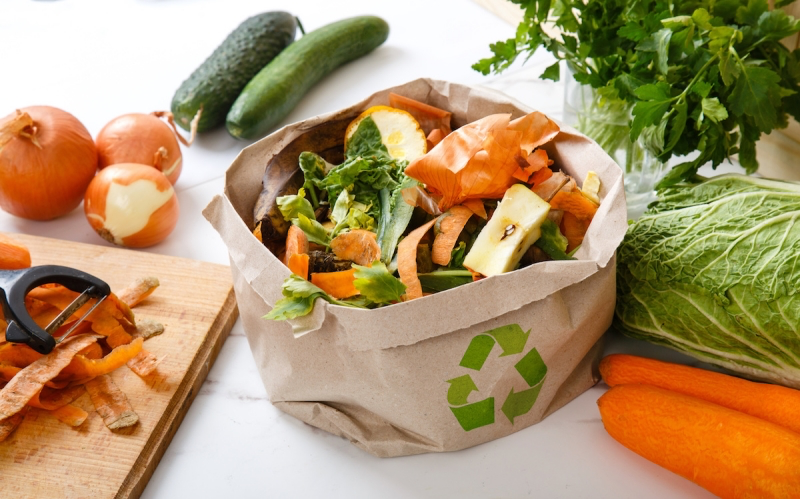
First Things First: Let’s Talk Cleanliness
Before we dive into the fun stuff, we have to cover safety. A plant’s peel is its first line of defense, which means it’s also where pesticides and waxes can hang out. So, my number one rule is this: if you plan to eat the peel, go for certified organic produce when you can. It just makes things easier.
If you’re using conventional produce, no worries, just give it a proper wash. A good scrub with a vegetable brush under cool running water is a must. For waxy things like apples or citrus, I like to give them a quick bath. A 15-minute soak in a bowl with one part white vinegar to three parts water helps break down that surface gunk. Just be sure to rinse it well afterward. Okay, with that covered, let’s get to the good stuff.
The Power Hiding in the Peel
Ever wonder why peels are so good for you? It’s pretty simple. A fruit or vegetable’s skin is its armor against pests, moisture loss, and even sunburn. To do its job, the plant packs that outer layer with powerhouse compounds. You’ll find tons of fiber for structure and a high concentration of antioxidants, which are basically the plant’s natural sunscreen. These are the exact same things that are so beneficial for us.
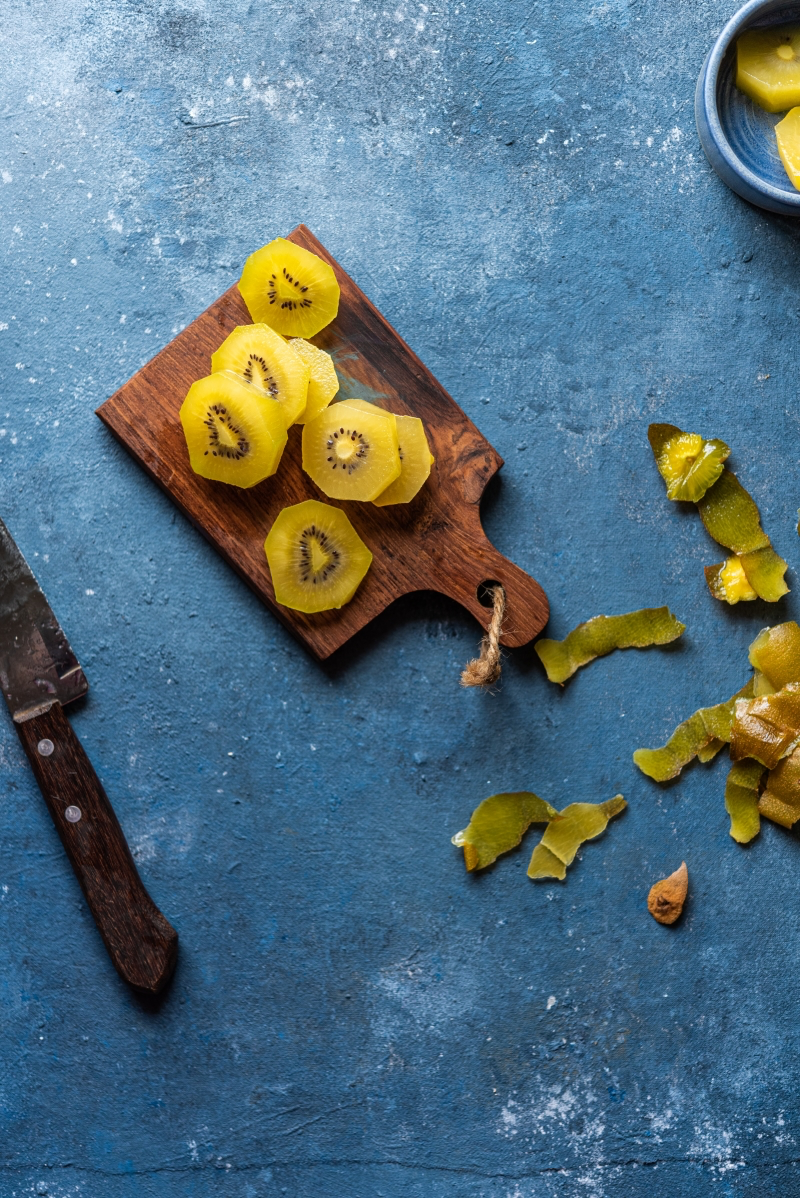
And the flavor! Many peels contain intense aromatic oils to repel insects. For us, those strong smells equal incredible taste. That bright, zesty perfume from a lemon peel? That’s an oil that was meant to keep bugs away. Pretty cool, right? Knowing this helps you see peels not just as a covering, but as a key ingredient.
Pro Techniques for the Most Common Peels
Honestly, some scraps are more valuable than others. Over the years, I’ve figured out which ones are worth the effort and which are better off in the compost bin. Here are the staples we always saved in the kitchen.
1. Potato Peels: From Trash to Treasure
Potato peels are the classic example of kitchen gold. A clean peel is packed with earthy flavor, not to mention a good chunk of the potato’s fiber and iron.
The Ultimate Crispy Snack: Forget sad, soggy leftovers from a baked potato. We make these as a crunchy garnish for soups or just as a snack. The secret is high, dry heat. Toss your clean, dry peels with a high-smoke-point oil (like canola or grapeseed). You just need a light coating. Then, season them aggressively—salt, pepper, maybe some smoked paprika or garlic powder. Spread them in a single layer on a baking sheet; if you crowd the pan, they’ll steam instead of crisp up. Roast them at 400°F (200°C) for about 15-20 minutes, but watch them like a hawk. They go from perfect to burnt in a flash. They’re done when they’re deep brown and shatter with a satisfying crackle.
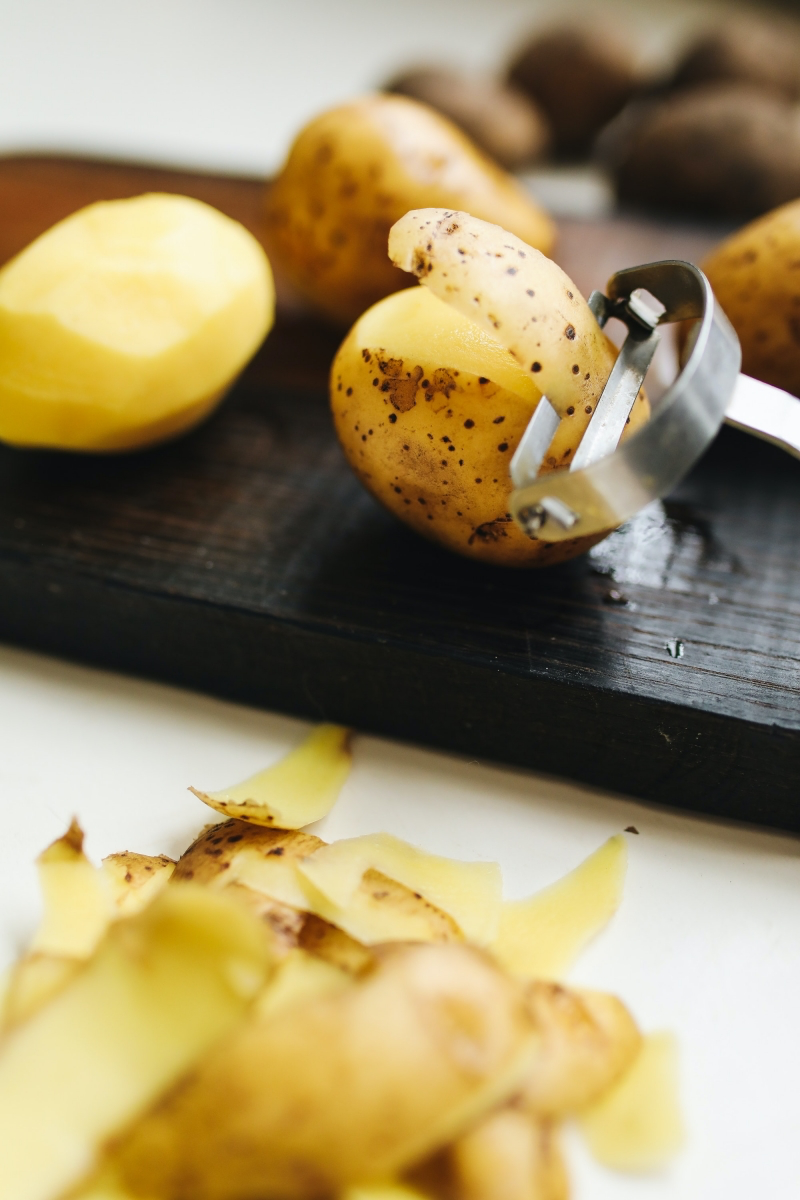
Quick Tip: From my experience, peels from waxy potatoes like Yukon Golds or red potatoes work best. They’re thinner and get much crispier than the peels from starchy potatoes like Russets.
Heads Up! A Critical Safety Warning: If a potato peel has any green on it, throw it away. Period. The green indicates solanine, a natural toxin that forms when potatoes get too much light. In small amounts, it’s just bitter, but in larger doses, it can cause some serious digestive upset. If it’s green, it goes in the bin. No exceptions.
2. Citrus Peels: The Flavor Bomb
Orange, lemon, and lime peels are pure magic. The real flavor isn’t in the juice; it’s in the oil-rich zest. That white stuff underneath, the pith, is super bitter, so you want to avoid it.
Make “Liquid Gold” Syrup (Oleo-Saccharum): This is an old-school trick that every cook should know. It literally means “oil-sugar.” You use sugar to pull the essential oils right out of the peels. Use a vegetable peeler to get big strips of zest from your citrus, leaving the white pith behind. In a bowl, mix the peels with an equal amount of granulated sugar and muddle them together—just press with the back of a spoon to bruise the peels and get the oils flowing. Cover the bowl and let it sit on the counter for a few hours. You’ll see the sugar magically dissolve into a thick, intensely fragrant syrup. For context, the peels from 4-5 lemons will get you about a half cup of this amazing stuff. It’s incredible in cocktails, iced tea, or as a base for marinades. Strain out the peels, and you’re good to go.
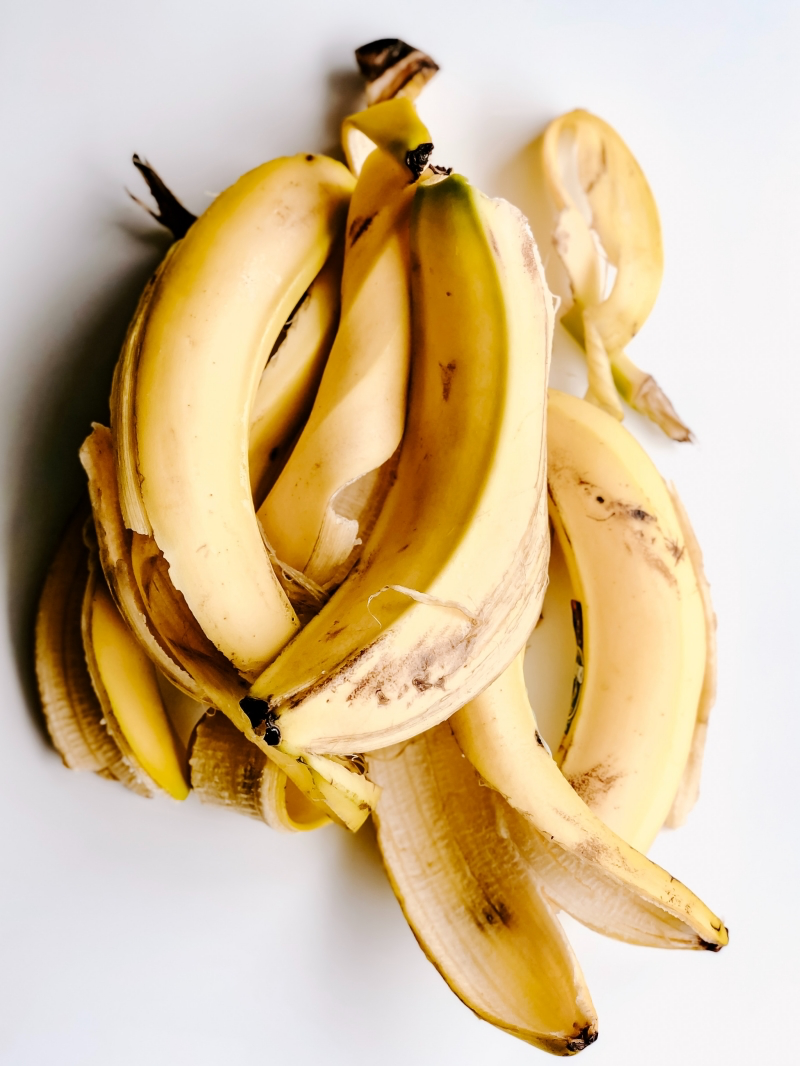
Another Pro Move: Citrus Dust. Lay strips of zest on a baking sheet and dry them in the oven on its lowest setting (around 170°F or 75°C) for an hour or two, until they’re totally brittle. Then, just blitz them in a spice grinder. This citrus dust is fantastic for seasoning fish, roasted veggies, or rimming a cocktail glass.
3. Onion and Garlic Skins: The Soul of Your Stock
Those dry, papery skins from onions and garlic are probably the most overlooked scrap in the home kitchen. In my world, throwing them out is a cardinal sin. They are the secret to a rich, beautifully colored stock.
Build a Flavor Foundation: I keep a gallon-sized freezer bag labeled “Stock Scraps.” In go all my clean veggie odds and ends: onion and garlic skins, carrot peels, celery butts, mushroom stems. The papery skin of a yellow or red onion is especially key—it gives stock a gorgeous golden-brown hue you just can’t get otherwise. Once the bag is full (usually with scraps from about 10-15 onions plus other bits), it’s time to make stock!

Just dump the frozen scraps into a pot, cover with water, and let it simmer. A common mistake is boiling the heck out of it, which makes your stock cloudy and bitter. Keep it at a gentle, lazy simmer for at least an hour, then strain everything out. The result is a deeply flavorful base for any soup or sauce. And the budget angle? A quart of good store-bought stock can run you $5-$8. This is practically free!
A Lesser-Known Trick: For a more modern, smoky flavor, some chefs make an ash by charring the skins in a dry pan until black, then grinding them to a powder. It’s intense. Not ready for that? Try the gateway version: just roast the onion skins in the oven until they are dark brown and brittle, then crush them. You’ll get a toasty, savory powder without setting off your smoke alarm.
A Quick Guide to Other Common Peels
So what about everything else? Here’s a quick rundown of other common scraps.
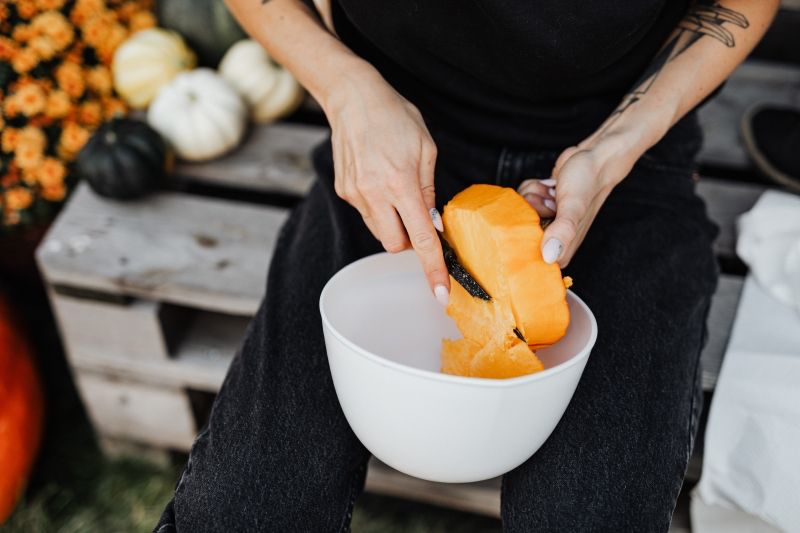
- Carrot Peels? Yes, absolutely! They add sweetness and color to stocks. Just make sure they’re washed well to get any dirt off.
- Apple Peels? Definitely. Simmer them with a cinnamon stick to make a delicious tea, or bake them with a sprinkle of cinnamon-sugar until crispy for a great snack.
- Bell Pepper Skins? This one’s a maybe. The skins can be tough and waxy. The best way to use them is to char the pepper over a flame or under the broiler until the skin is black and blistered. Let it steam in a covered bowl, and the skin will slide right off. That roasted skin has a wonderful smoky flavor you can chop up and add to sauces or dips.
- Delicata & Butternut Squash Peels? Yes! Delicata squash skin is so thin you don’t even need to peel it—just wash, slice, and roast. The peels from a butternut squash can be tossed with oil and salt and roasted at 400°F (200°C) until they turn into sweet, nutty chips. Even tougher peels can be simmered in your soup broth for extra flavor, then strained out before you blend.
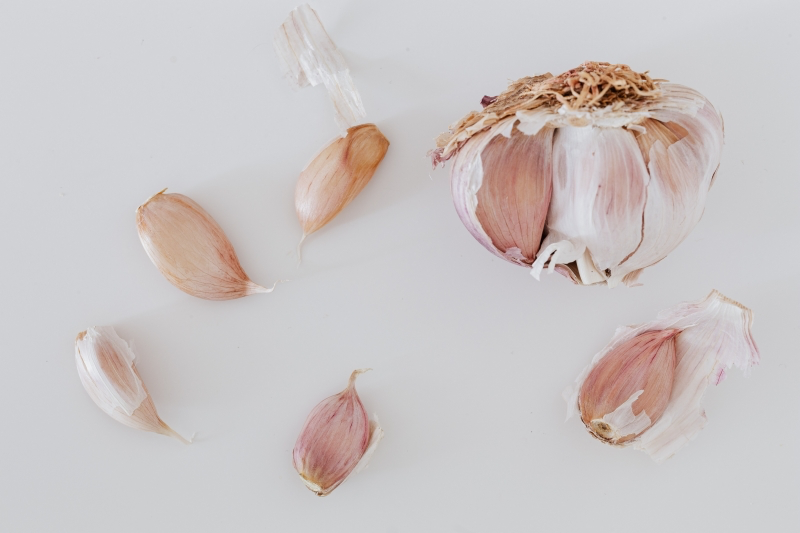
Scraps to Handle with Care (or Just Compost)
Part of being a smart cook is knowing what not to do. Some peels just aren’t worth the trouble.
- Banana Peels: To be frank, they’re an acquired taste. You can eat them, but they’re fibrous and bitter. They need to be boiled or fried for at least 10 minutes. A better use? Soak them in water for a couple of days to make a potassium-rich “tea” for your houseplants.
- Kiwi Peels: Technically edible and packed with nutrients, but the fuzzy texture is a dealbreaker for most. If you want the benefits, leave the skin on when you make a smoothie—a good blender will pulverize it.
- Mango and Avocado Peels: Nope. Just toss these. Mango skin contains urushiol, the same compound in poison ivy that can cause a nasty rash. Avocado skin is just plain tough and bitter.
- Rhubarb Leaves: THIS IS IMPORTANT. While the stalks are a delight, the leaves are poisonous. They contain high levels of oxalic acid. Never, ever eat them, and don’t even add them to a compost pile you’ll use for an edible garden.
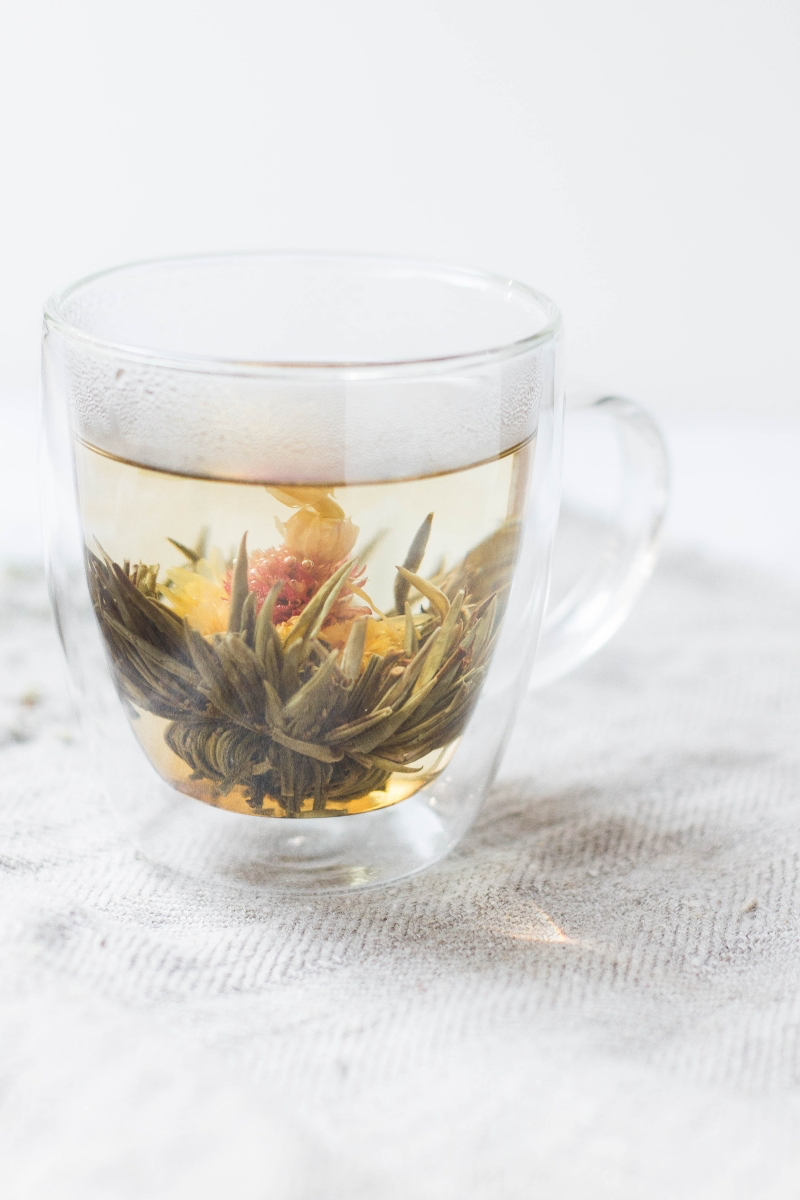
Final Thoughts From the Kitchen
Learning to use your scraps is a journey that starts with a simple shift in perspective. An onion isn’t just the flesh; it’s the whole thing. A potato is the starchy inside and the earthy peel. This approach doesn’t just reduce waste and save money—it makes your cooking more creative and, honestly, more delicious.
Start small. Save those onion skins. Try roasting those potato peels. Once you taste what you’ve been throwing away, you’ll start to see potential everywhere. It’s all about respecting your ingredients and the resources it took to get them to your kitchen. That’s a lesson that pays off in more ways than one.
Inspiration:
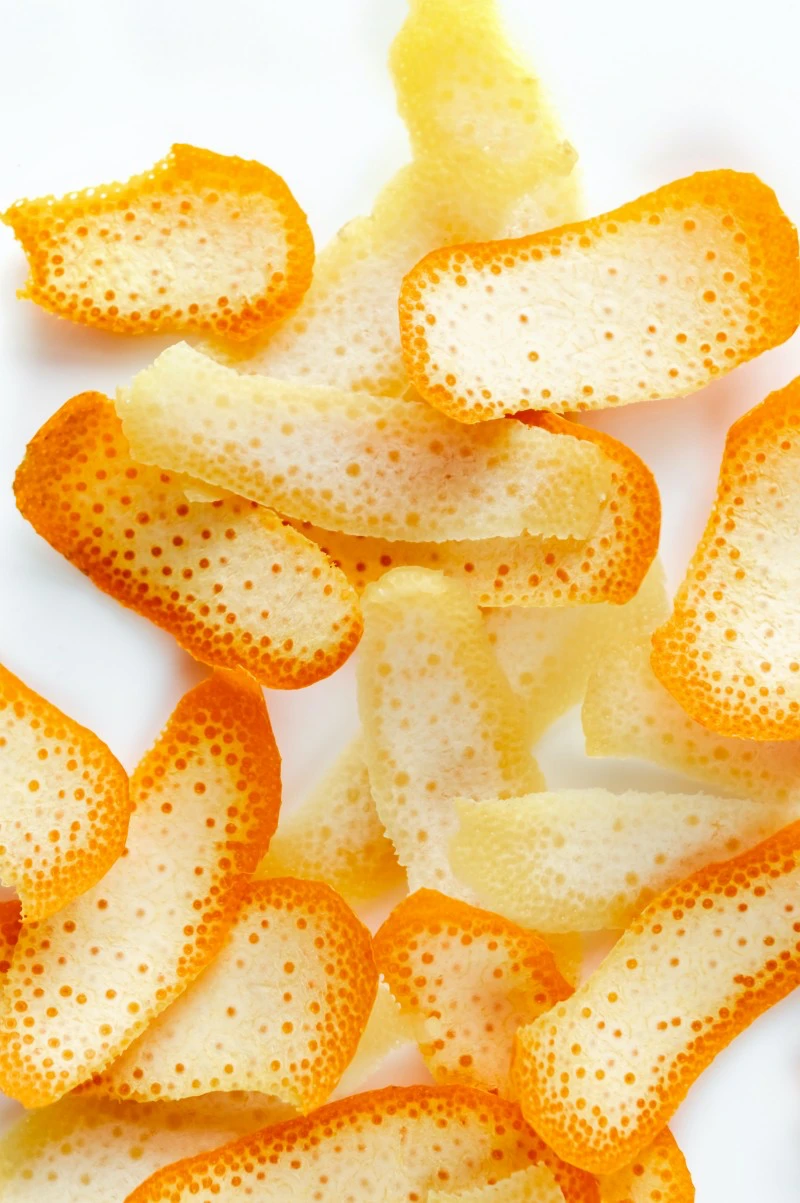
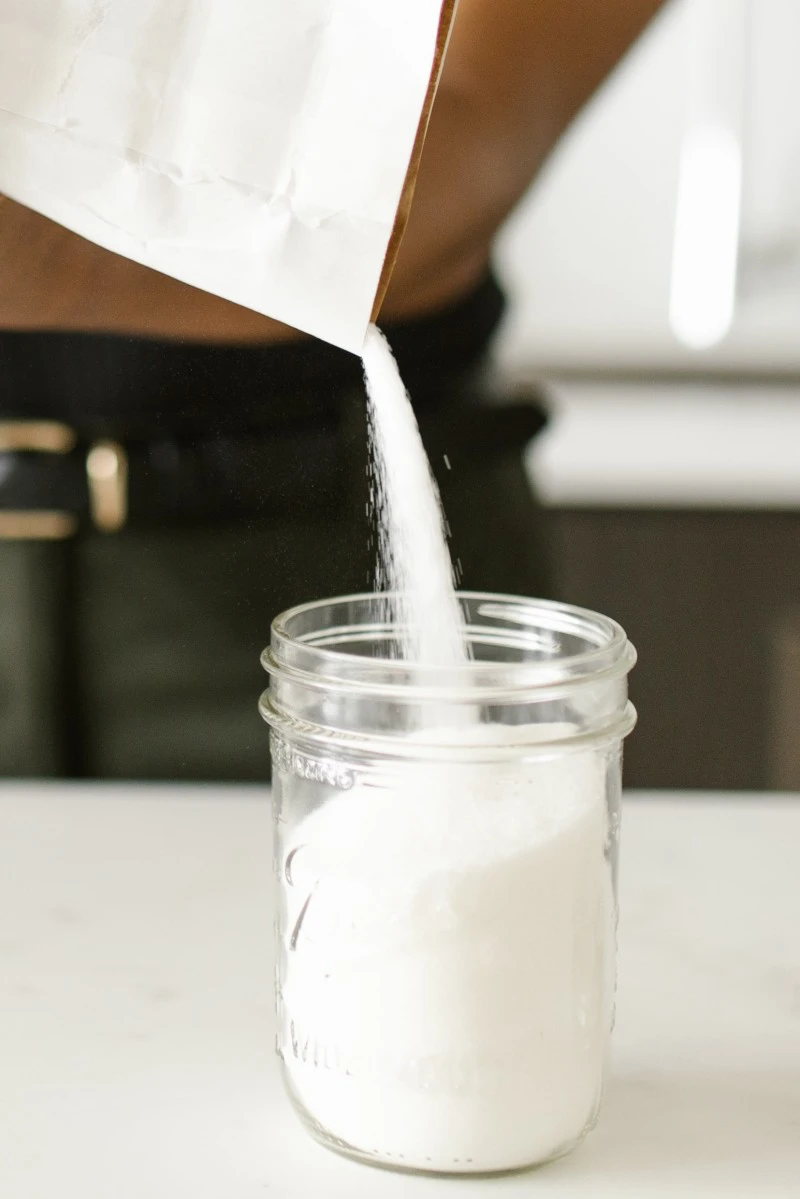
Option A: Freezing. The easiest entry point. Simply toss vegetable scraps (onion and garlic skins, carrot peels, celery ends) into a large freezer-safe bag. It’s fast, requires no special equipment, and is perfect for collecting a rich base for a future broth.
Option B: Dehydrating. For the dedicated. Drying scraps in an oven on low or using a dehydrator like an Excalibur creates shelf-stable ingredients. Pulverize dried mushroom stems for an umami powder, or dry apple peels with cinnamon for a tea infusion. It requires more effort but yields unique pantry staples.
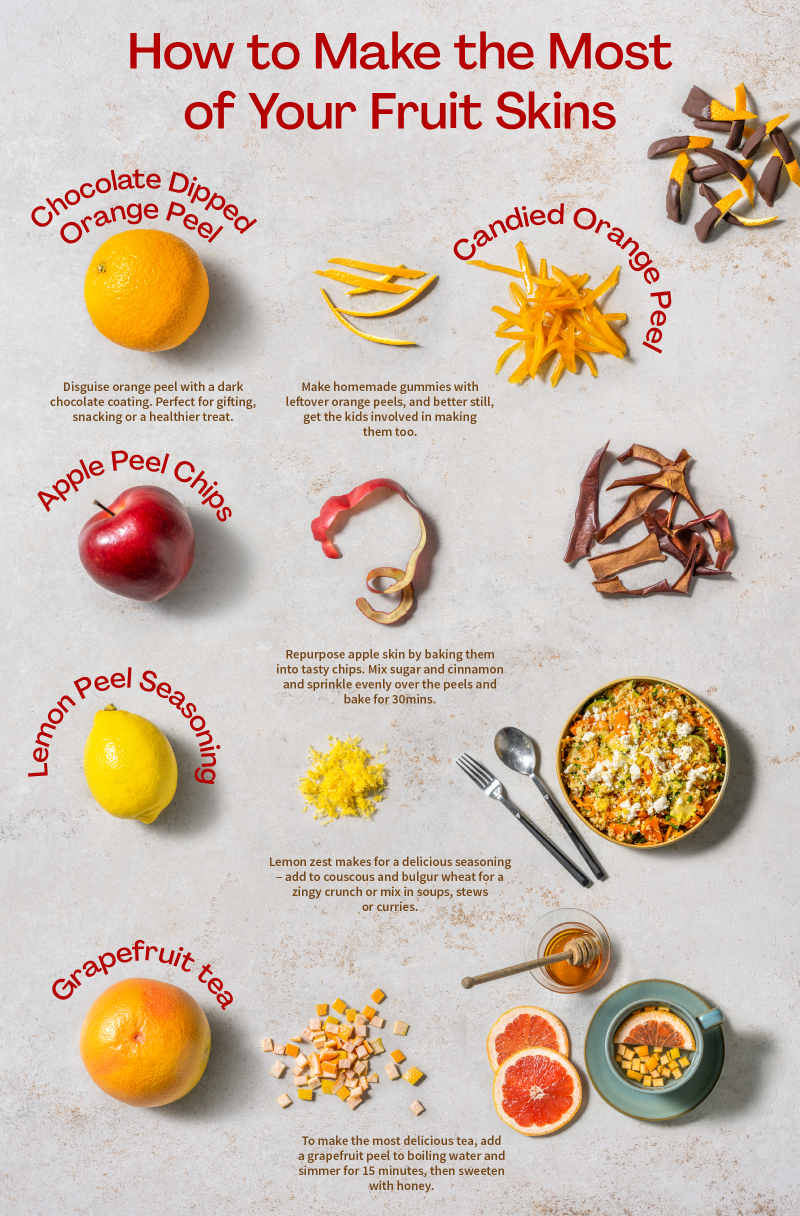
According to the UN Food and Agriculture Organization, roughly one-third of all food produced for human consumption is lost or wasted globally.
This staggering number can feel overwhelming, but every peel saved is a small act of defiance. Turning scraps into something delicious isn’t just a clever kitchen hack; it’s a way of reconnecting with the true value of our food, honoring the resources it took to grow, and participating in a global movement towards a more conscious kitchen.
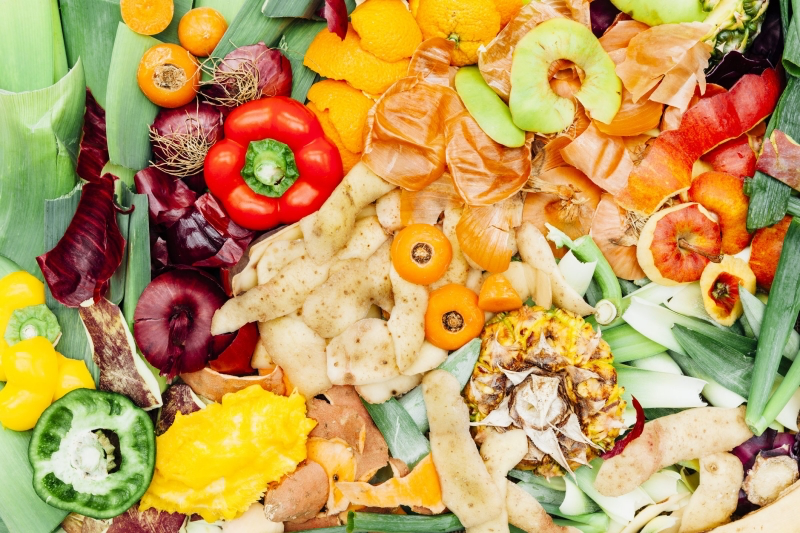
Looking for a natural all-purpose cleaner that actually works?
Let your citrus scraps do the hard work. Stuff the peels from oranges, lemons, or grapefruit into a large glass jar (a classic Kilner jar is perfect for this). Cover them completely with white distilled vinegar, seal it, and let it infuse in a dark cupboard for two weeks. Strain the liquid into a spray bottle, dilute with an equal part water, and you have a fragrant, powerful, and completely natural degreasing cleaner for countertops and sinks.
Those potato peels the chef rescued from the bin weren’t just for stock. They were destined for greatness as a crunchy, addictive snack that rivals any bag of chips.
- Toss clean, thoroughly dry peels with a drizzle of olive oil, smoked paprika, and a pinch of salt.
- Spread them in a single layer on a baking sheet—don’t overcrowd the pan!
- Roast at 400°F (200°C) for 10-15 minutes, watching closely until they are golden and wonderfully crisp.
Serve immediately with a dollop of sour cream or a zesty aioli for the ultimate zero-waste treat.










